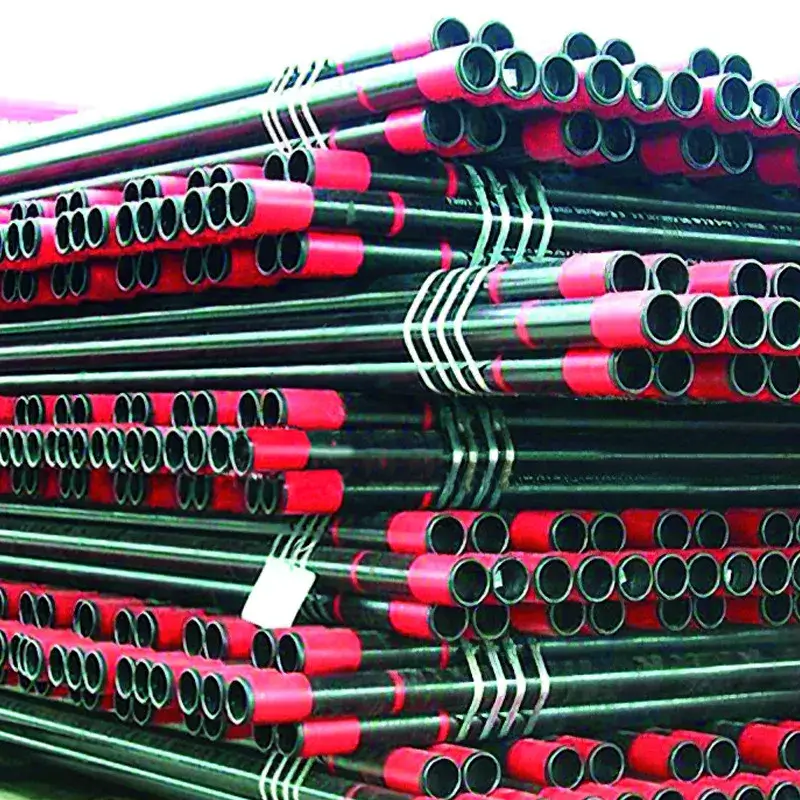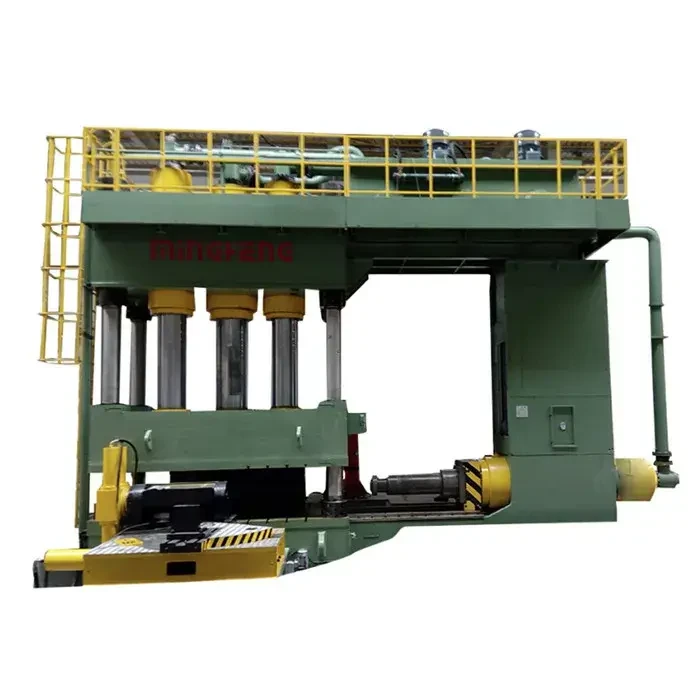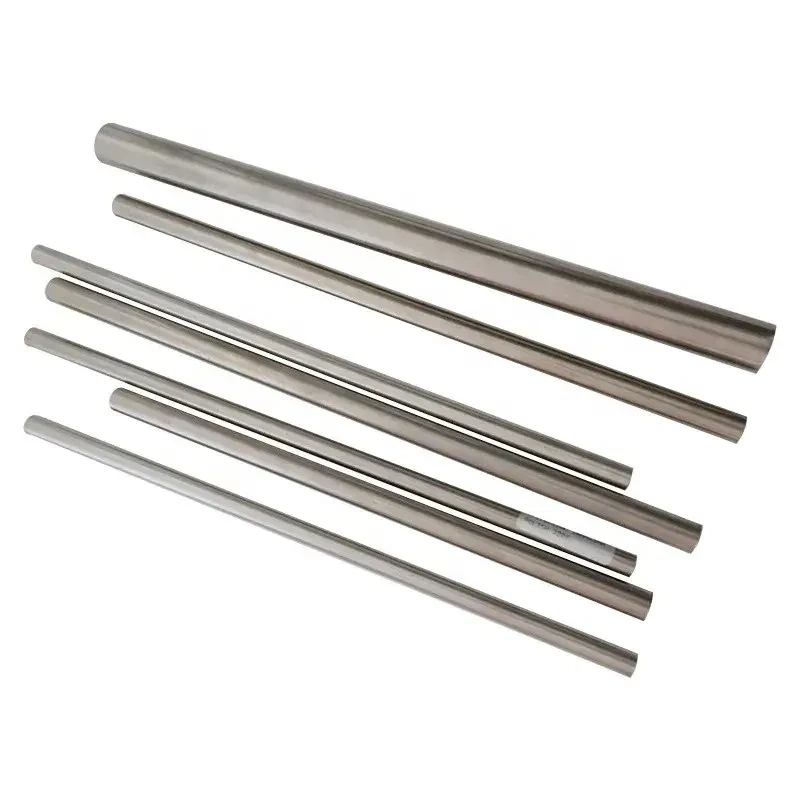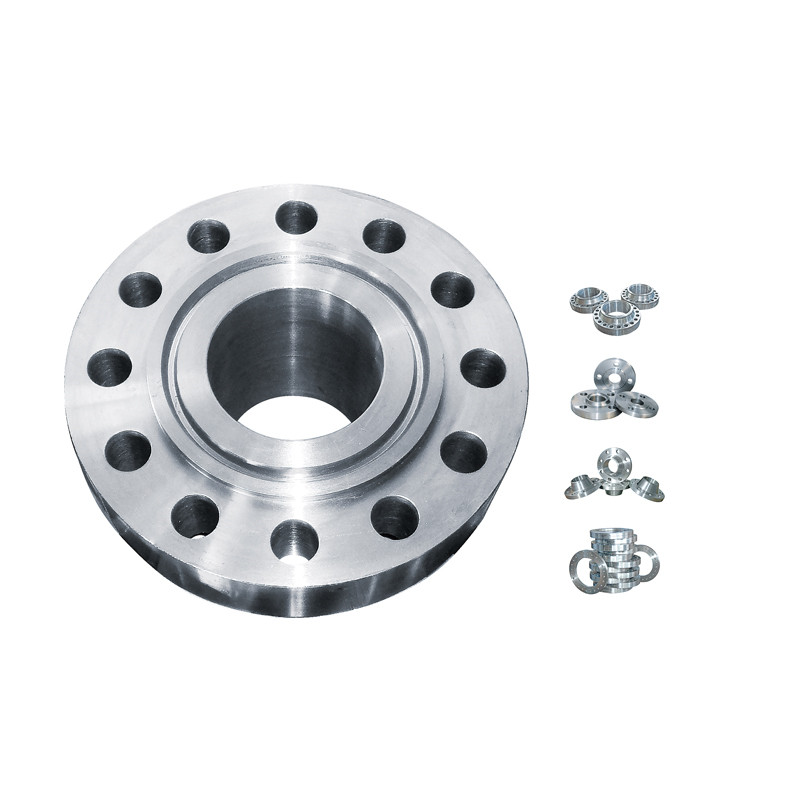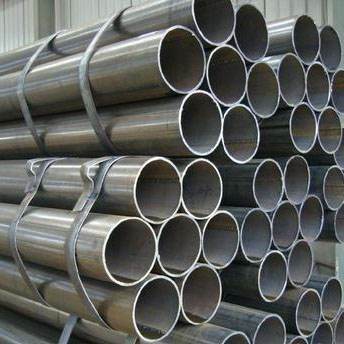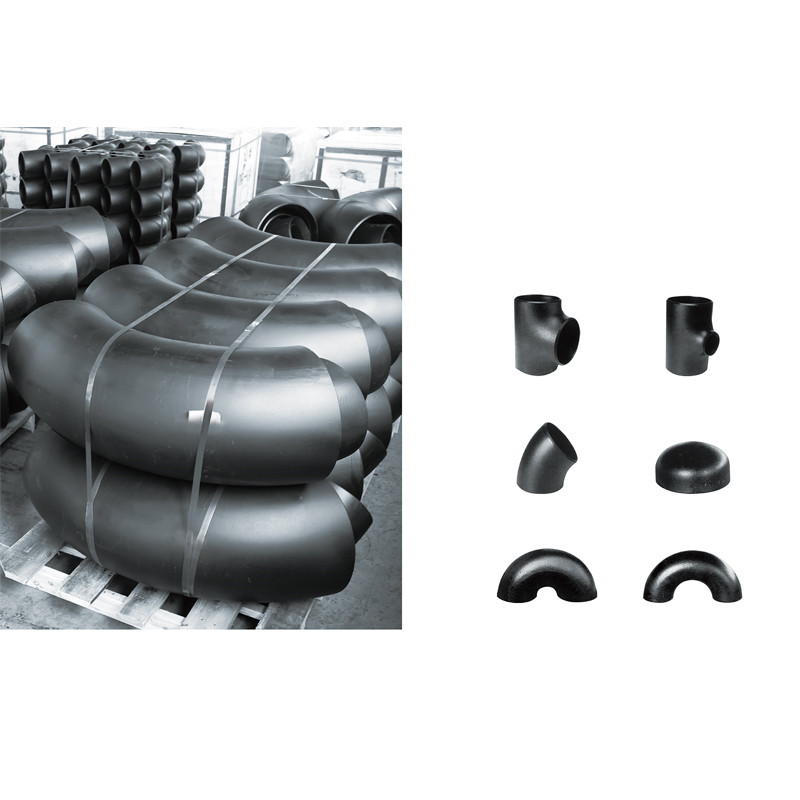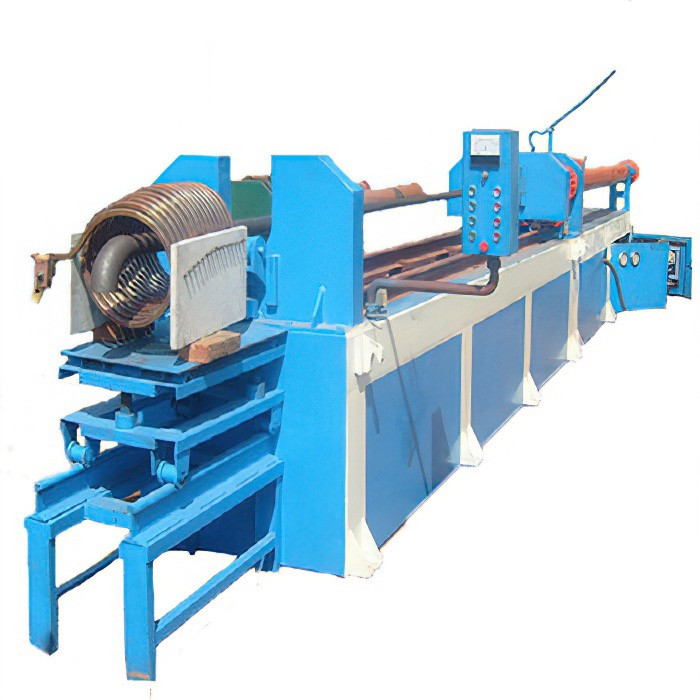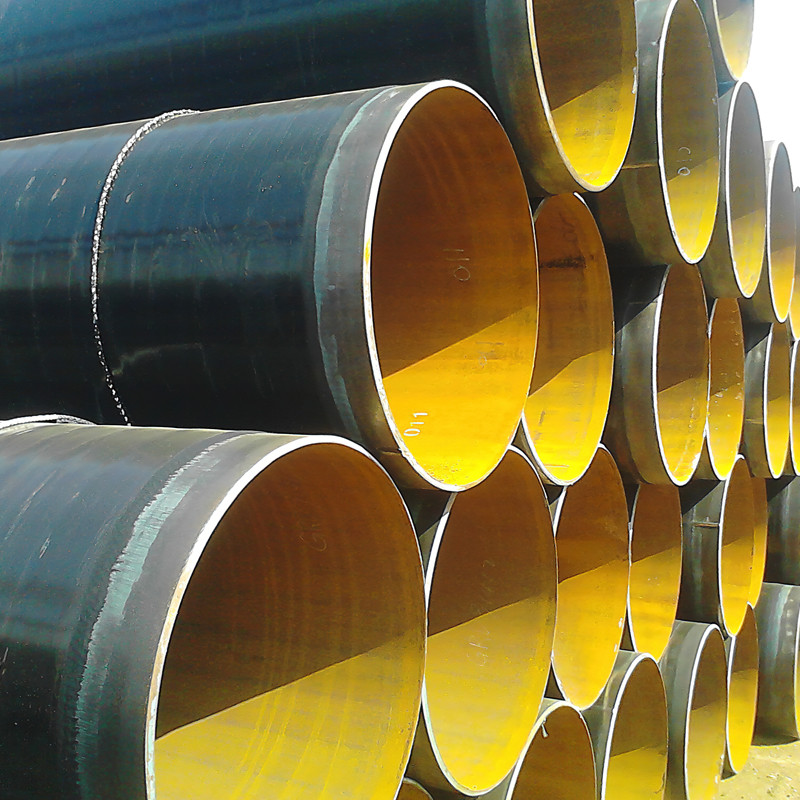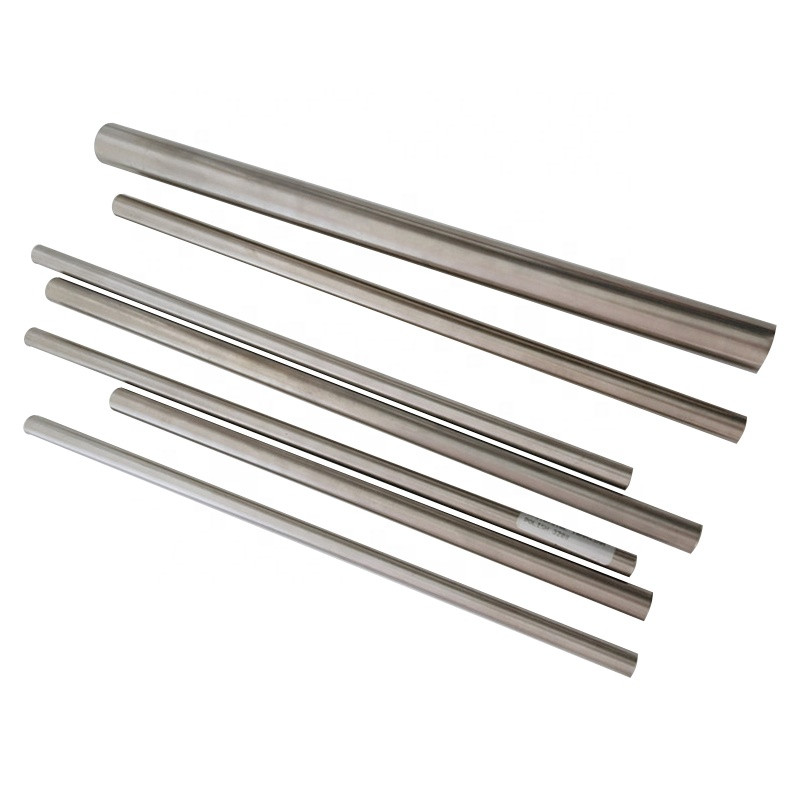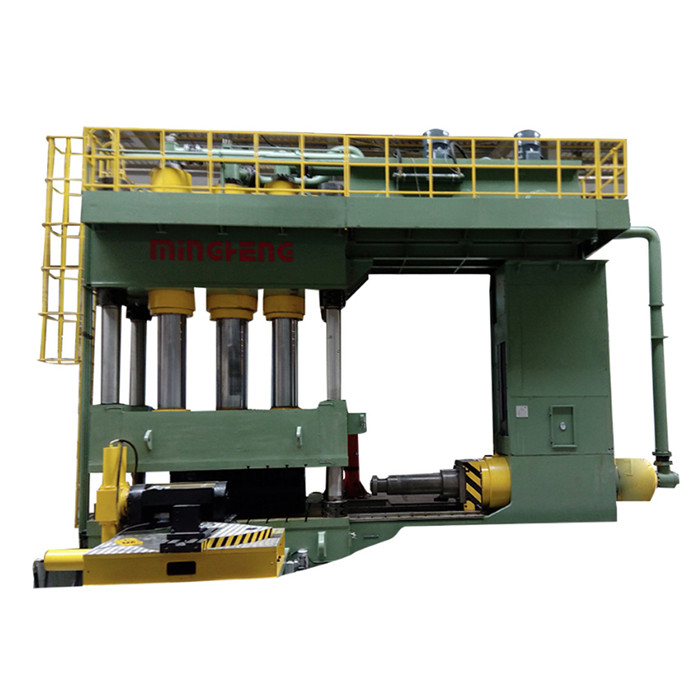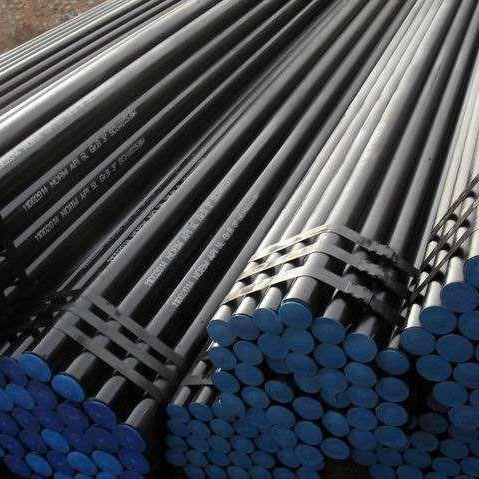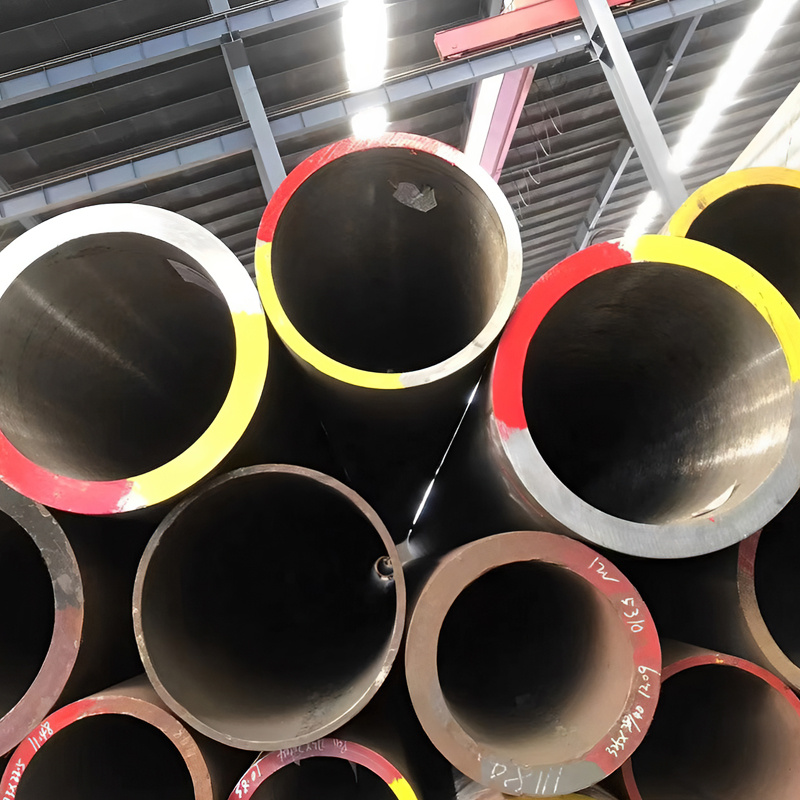Navigating the Landscape of Heat Exchanger Tube Technology
In the demanding world of industrial thermal management, the efficiency and reliability of heat exchange systems are paramount. At the core of these critical systems lies the heat exchanger tube, a fundamental component responsible for facilitating heat transfer between two or more fluids. These tubes are not merely conduits; they are engineered solutions designed to withstand extreme temperatures, pressures, and corrosive environments, ensuring optimal performance and longevity across a myriad of applications.
Current industry trends emphasize enhanced energy efficiency, reduced environmental impact, and prolonged operational lifespans. This drives continuous innovation in materials science, manufacturing processes, and design methodologies for advanced thermal solutions, including specialized configurations like the finned tube and longitudinal finned tube. The focus is increasingly on leveraging materials like those meeting SA179 tubes specifications for their robustness and superior thermal properties, ensuring that heat exchange systems meet the stringent demands of modern industrial operations.
The Precision Behind Performance: Manufacturing Process of Heat Exchanger Tubes
The manufacturing of a high-performance heat exchanger tube is a meticulous process demanding precision and stringent quality control at every stage. This ensures the final product delivers exceptional thermal conductivity, mechanical strength, and corrosion resistance.
Process Flow Overview:
- Material Selection & Preparation: This critical initial step involves choosing appropriate alloys based on application requirements (e.g., carbon steel for SA179 tubes, stainless steel, copper alloys, titanium). Raw materials, typically billets or sheets, undergo rigorous chemical analysis to confirm compliance with international standards like ASTM, ASME, or EN.
-
Tube Forming (Seamless or Welded):
- Seamless Tubes: Produced by piercing a solid billet and then hot-rolling and cold-drawing or extruding it to achieve the desired dimensions and surface finish. This method ensures uniform grain structure and absence of weld seams, crucial for high-pressure applications.
- Welded Tubes: Formed from flat strips (skelps) coiled into a cylindrical shape and then welded longitudinally. Subsequent cold drawing or annealing processes improve mechanical properties and surface finish.
-
Finfabrication (for Finned Tubes): For enhanced heat transfer, tubes may undergo finning processes. This includes:
- Extruded Finned Tubes: Fins are integral to the base tube, often by extruding aluminum or copper over a liner tube.
- Wrapped Finned Tubes: Fins are helically wrapped and often soldered or brazed onto the base tube.
- Longitudinal Finned Tubes: Fins are welded along the length of the tube, often used in fired heaters or high-temperature applications.
- Heat Treatment: Tubes are subjected to various heat treatments (e.g., annealing, normalizing, tempering) to relieve stresses, refine grain structure, and optimize mechanical properties such as ductility and hardness. This is crucial for achieving specific material specifications.
- Cutting and Finishing: Tubes are cut to precise lengths using CNC machining, and ends are deburred or bevelled as per client specifications. Surface finishes, internal and external, are crucial for flow characteristics and corrosion resistance.
-
Rigorous Testing & Inspection: Each heat exchanger tube undergoes a series of non-destructive and destructive tests to ensure quality and compliance:
- Non-Destructive Testing (NDT): Eddy current testing, ultrasonic testing, hydrostatic testing (up to 10,000 psi), pneumatic testing, and visual inspection to detect surface flaws, internal defects, and ensure structural integrity.
- Destructive Testing: Tensile tests, flattening tests, flaring tests, hardness tests, and metallurgical examination to verify material properties.
- Dimensional Checks: Precise measurements of outer diameter, wall thickness, length, straightness, and ovality are conducted using advanced metrology equipment.
- Packaging & Dispatch: Finished tubes are cleaned, dried, internally purged with inert gas if necessary, and meticulously packaged to prevent damage during transit, adhering to international shipping standards.

Figure 1: Advanced manufacturing techniques ensure the integrity and performance of a heat exchanger tube.
This elaborate process ensures that each heat exchanger tube not only meets but often exceeds the stringent requirements of ISO, ANSI, and ASME standards, providing a reliable service life for applications in petrochemical, metallurgy, power generation, and water treatment industries. The inherent advantages include superior energy saving capabilities due to optimized thermal transfer, and exceptional corrosion resistance tailored to specific operating environments.
Technical Specifications and Material Excellence
The selection of materials and precise technical specifications are paramount for the optimal performance and longevity of any heat exchanger tube. Different applications demand specific material properties to withstand diverse operating conditions, including high temperatures, extreme pressures, and corrosive media.
Common Heat Exchanger Tube Materials & Specifications:
| Material Grade (ASTM/ASME) | Type | Key Characteristics | Typical Applications |
|---|---|---|---|
| SA-179 / A179 | Seamless Cold-Drawn Low-Carbon Steel | Good thermal conductivity, cost-effective, excellent for low-temperature service. | Condensers, heat exchangers, and similar heat transfer apparatus in chemical and petrochemical plants. Ideal for `SA179 tubes` applications. |
| SA-213 / A213 (T5, T9, T11, T22, T91) | Seamless Ferritic/Austenitic Alloy Steel | High temperature strength, creep resistance, corrosion resistance (depending on alloy). | Boilers, superheaters, and heat exchangers for high-temperature and high-pressure service. |
| SA-269 / A269 | Seamless/Welded Austenitic Stainless Steel | Excellent corrosion resistance, good formability, suitable for general service. | General corrosion-resisting and low- or high-temperature service where higher corrosion resistance than carbon steel is needed. |
| SA-789 / A789 | Seamless/Welded Duplex Stainless Steel | High strength, excellent corrosion and stress corrosion cracking resistance. | Chemical processing, oil and gas, marine environments, where highly corrosive conditions are present. |
Enhancing Heat Transfer: Finned and Longitudinal Finned Tubes
To maximize thermal efficiency, especially when heat transfer coefficients differ significantly between the shell and tube sides, specialized configurations like the finned tube and the longitudinal finned tube are employed. These designs dramatically increase the external surface area, thereby enhancing the overall heat transfer rate without increasing the overall footprint of the heat exchanger.
- Finned Tube: Typically features helical fins, which can be integral, extruded, or wrapped and brazed/welded. These are ideal for gas-side heat transfer where the gas has a lower heat transfer coefficient than the liquid inside the tube. Widely used in air coolers, heaters, and condensers.
- Longitudinal Finned Tube: Characterized by fins running parallel to the tube axis. These are particularly effective in situations where uniform heat distribution is desired or where solid fouling might occur, making cleaning easier. Common in fired heaters, waste heat boilers, and molten salt applications.
Critical Design Parameters:
- Outer Diameter (OD) & Wall Thickness: Dictate mechanical strength and flow characteristics.
- Length: Customized to specific heat exchanger bundle designs.
- Surface Finish: Affects flow resistance and fouling propensity.
- Pressure and Temperature Ratings: Crucial for safety and operational reliability, determined by material grade and wall thickness.
- Thermal Conductivity: A key material property influencing heat transfer efficiency.
Versatile Applications & Unmatched Advantages
The applications of a heat exchanger tube are as diverse as the industries they serve, forming the backbone of thermal management across virtually all sectors requiring precise temperature control or energy recovery. Their robust design and material versatility allow them to excel in environments where reliability is non-negotiable.
Key Application Scenarios:
- Petrochemical & Oil & Gas: Used in refineries, chemical plants, and offshore platforms for crude oil heating, gas cooling, and various process fluid exchanges. Applications include condensers, reboilers, evaporators, and process heaters where the tube and tube heat exchanger design is prevalent.
- Power Generation: Integral to thermal power plants (fossil fuel, nuclear, concentrated solar) for steam generation, condensation in turbines, and economizers. High-performance tubes are critical for maintaining efficiency and safety in these high-stakes environments.
- HVAC & Refrigeration: Found in large-scale industrial HVAC systems, chillers, and refrigeration units, facilitating efficient temperature regulation in commercial buildings, data centers, and cold storage facilities.
- Metallurgy: Essential in steel mills and metal processing for cooling furnaces, continuous casting molds, and various industrial fluid cooling circuits.
- Water Supply & Drainage / Desalination: Employed in water treatment plants for heating or cooling process water, and in desalination facilities for evaporators and condensers, often requiring high corrosion resistance.
- Food & Beverage: Used in pasteurization, sterilization, and chilling processes, where hygienic materials like stainless steel are paramount.

Figure 2: Custom-engineered heat exchanger tube bundles ready for high-demand industrial applications.
Technical Advantages:
- Superior Thermal Efficiency: Optimized designs, especially finned tube and longitudinal finned tube configurations, significantly enhance the heat transfer surface area, leading to higher efficiency and reduced energy consumption.
- Exceptional Corrosion Resistance: Through careful material selection (e.g., stainless steel, nickel alloys, titanium) and advanced surface treatments, tubes can withstand aggressive chemical environments, extending service life in corrosive media.
- High Pressure and Temperature Tolerance: Engineered to endure extreme operating conditions, preventing structural failure and ensuring safety in critical industrial processes.
- Extended Service Life & Reliability: Robust manufacturing processes, stringent quality control, and the use of durable materials contribute to a long operational lifespan, minimizing downtime and maintenance costs.
- Energy Saving & Cost Reduction: By maximizing heat recovery and transfer efficiency, heat exchanger systems with high-quality tubes contribute directly to lower energy consumption and operational expenditure over the product's life cycle.
Vendor Comparison and Tailored Solutions
Selecting the right supplier for a heat exchanger tube is a strategic decision that impacts project timelines, operational efficiency, and long-term costs. A comprehensive vendor comparison should go beyond price, focusing on expertise, quality, and capability for customized solutions.
Key Factors for Vendor Evaluation:
- Experience & Track Record: A vendor with decades of experience in manufacturing and supplying heat exchanger tube solutions demonstrates deep industry knowledge and proven reliability. Look for testimonials and case studies.
- Certifications & Compliance: Adherence to international standards such as ISO 9001, ASME, TUV, PED, and other industry-specific certifications is non-negotiable. These validate quality management systems and product safety.
- Quality Control Protocols: Inquire about their in-house testing facilities (NDT, destructive testing, chemical analysis) and commitment to material traceability.
- Customization Capabilities: The ability to provide tailored solutions for specific materials (e.g., various grades of SA179 tubes), dimensions, finning patterns (for finned tube and longitudinal finned tube), and surface treatments is crucial for optimizing system performance.
- After-Sales Support & Warranty: Robust technical support, clear warranty terms, and accessible customer service indicate a reliable long-term partner.
The Power of Customization:
Off-the-shelf solutions rarely achieve peak performance in highly specialized industrial environments. Custom-engineered heat exchanger tube solutions offer distinct advantages:
- Optimized Material Selection: Matching the tube material precisely to the corrosive nature and temperature range of the fluids ensures maximum lifespan and prevents premature failure.
- Precision Dimensions: Tubes cut to exact lengths and specified diameters minimize fabrication waste and ensure seamless integration into existing or new heat exchanger bundles.
- Enhanced Surface Configurations: Custom finning, whether helical or longitudinal, can be optimized for specific flow rates and fluid properties, maximizing heat transfer efficiency in challenging gas-to-liquid or liquid-to-liquid applications.
- Special Coatings & Treatments: Anti-fouling coatings, corrosion inhibitors, or specialized heat treatments can be applied to further enhance performance and durability in unique operating conditions.
Real-World Application Case Studies
Our commitment to delivering high-performance heat exchanger tube solutions is validated by successful implementations across diverse industrial landscapes. These case studies highlight the tangible benefits clients achieve by partnering with experienced manufacturers.
Case Study 1: Refinery Condenser Upgrade
- Challenge: An oil refinery faced frequent downtime and reduced efficiency in its main crude oil condenser due to severe fouling and corrosion of its existing carbon steel tubes.
- Solution: We supplied custom-designed heat exchanger tube bundles made from high-grade duplex stainless steel (SA-789), specifically engineered to resist the highly corrosive sulfur compounds present in the crude. The tubes featured an optimized internal surface finish to minimize fouling.
- Result: Post-installation, the refinery reported a 30% reduction in cleaning cycles, a 15% improvement in overall heat transfer efficiency, and an expected service life increase of over 50% compared to the previous installation. This significantly reduced operational costs and increased throughput.
Case Study 2: Power Plant Boiler Economizer Optimization
- Challenge: A thermal power plant aimed to increase its boiler efficiency and reduce fuel consumption by upgrading its economizer section, which suffered from insufficient heat recovery from flue gases.
- Solution: We provided custom longitudinal finned tube bundles made from SA-213 T22 alloy steel. The longitudinal fins were strategically designed to maximize surface contact with the flue gas, enhancing heat absorption before the gas exits the stack.
- Result: The plant achieved a measurable 5% increase in boiler efficiency, directly translating to a significant reduction in fuel consumption and associated emissions. The robust construction of the tubes also ensured stable operation under high-temperature flue gas conditions.
Case Study 3: Chemical Processing Tube and Tube Heat Exchanger
- Challenge: A specialty chemical manufacturer required a compact and highly efficient `tube and tube heat exchanger` for precise temperature control of a viscous, moderately corrosive fluid, where minimizing pressure drop was critical.
- Solution: We supplied a series of custom dual-tube heat exchanger tube elements fabricated from high-nickel alloy for the inner tube and SA-179 tubes for the outer shell, designed for a specific velocity profile to prevent fouling of the viscous fluid.
- Result: The client reported excellent temperature control within their process, minimal pressure drop, and easy maintenance due to the robust design. The tailored solution led to a 10% reduction in overall processing time and improved product consistency.
Commitment to Trust: Certifications, Warranty & Support
Establishing long-term partnerships in the B2B sector hinges on unwavering trust, built upon reliability, transparency, and robust support infrastructure. We pride ourselves on adhering to the highest global standards and providing comprehensive client care for every heat exchanger tube we supply.
Authoritative Certifications & Quality Assurance:
Our manufacturing facilities and processes are rigorously certified to meet international quality and safety benchmarks. This includes, but is not limited to:
- ISO 9001:2015: Certified Quality Management System, ensuring consistent product quality and customer satisfaction.
- ASME (American Society of Mechanical Engineers): Compliance with Section II (Materials) and other relevant codes for pressure vessel components.
- PED (Pressure Equipment Directive 2014/68/EU): Compliance for products destined for the European market.
- TUV/Lloyd's Register/DNV GL Approvals: Third-party inspection and certification for specific project requirements.
These certifications, combined with decades of service to leading global enterprises, underscore our commitment to manufacturing excellence and product reliability. Our internal laboratories perform 100% material traceability and comprehensive testing, backed by detailed material test reports (MTRs).
Frequently Asked Questions (FAQ):
A: Lead times vary based on material availability, order complexity, and quantity. Standard SA179 tubes might have a lead time of 4-6 weeks, while highly specialized materials or finned tube designs can range from 8-14 weeks. We provide accurate estimates upon inquiry.
A: Yes, our team of experienced engineers offers technical consultation and design support to help clients select the optimal tube type, material, and configuration for their specific `tube and tube heat exchanger` requirements, ensuring maximum efficiency and compatibility.
A: We offer a comprehensive warranty against manufacturing defects and material non-conformance for a period specified in our sales agreement, typically 12-24 months from installation or 18-30 months from shipment, whichever comes first. Full details are provided with each quotation.
Customer Support & After-Sales Service:
Our dedication extends beyond delivery. We offer robust after-sales support, including technical troubleshooting, spare parts supply, and expert advice to ensure the continued optimal performance of your heat exchanger tube components. Our global network allows for timely assistance and reliable fulfillment, safeguarding your operational continuity.
Conclusion
The heat exchanger tube stands as a critical component in the complex world of industrial thermal engineering. Its role in driving efficiency, enabling energy recovery, and ensuring operational reliability cannot be overstated. From the precise selection of materials like `SA179 tubes` to the advanced manufacturing of specialized `finned tube` and `longitudinal finned tube` designs, every aspect is engineered for peak performance.
As industries continue to pursue greater sustainability and efficiency, the demand for innovative and highly reliable heat exchanger solutions will only grow. Partnering with a trusted manufacturer that prioritizes quality, customization, and comprehensive support is key to unlocking the full potential of your thermal systems.
References
- Process Industry Practices (PIP). (2014). PIP REIE686/REIE686E, Heat Exchanger Design Guide. Retrieved from Engineering ToolBox.
- American Society of Mechanical Engineers (ASME). (2021). Boiler and Pressure Vessel Code, Section II: Materials.
- International Organization for Standardization (ISO). (2015). ISO 9001: Quality management systems – Requirements.
- Hewitt, G. F., Shires, G. L., & Bott, T. R. (1994). Process Heat Transfer. CRC Press.
Post time: Sep . 10, 2025 11:40



